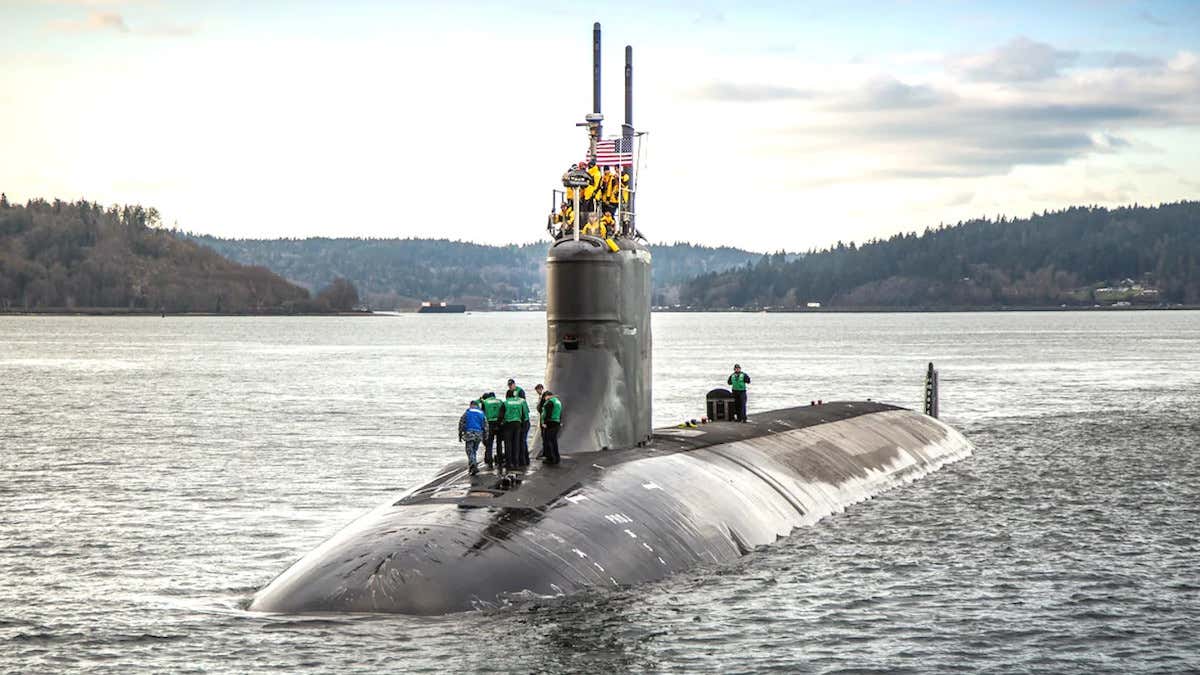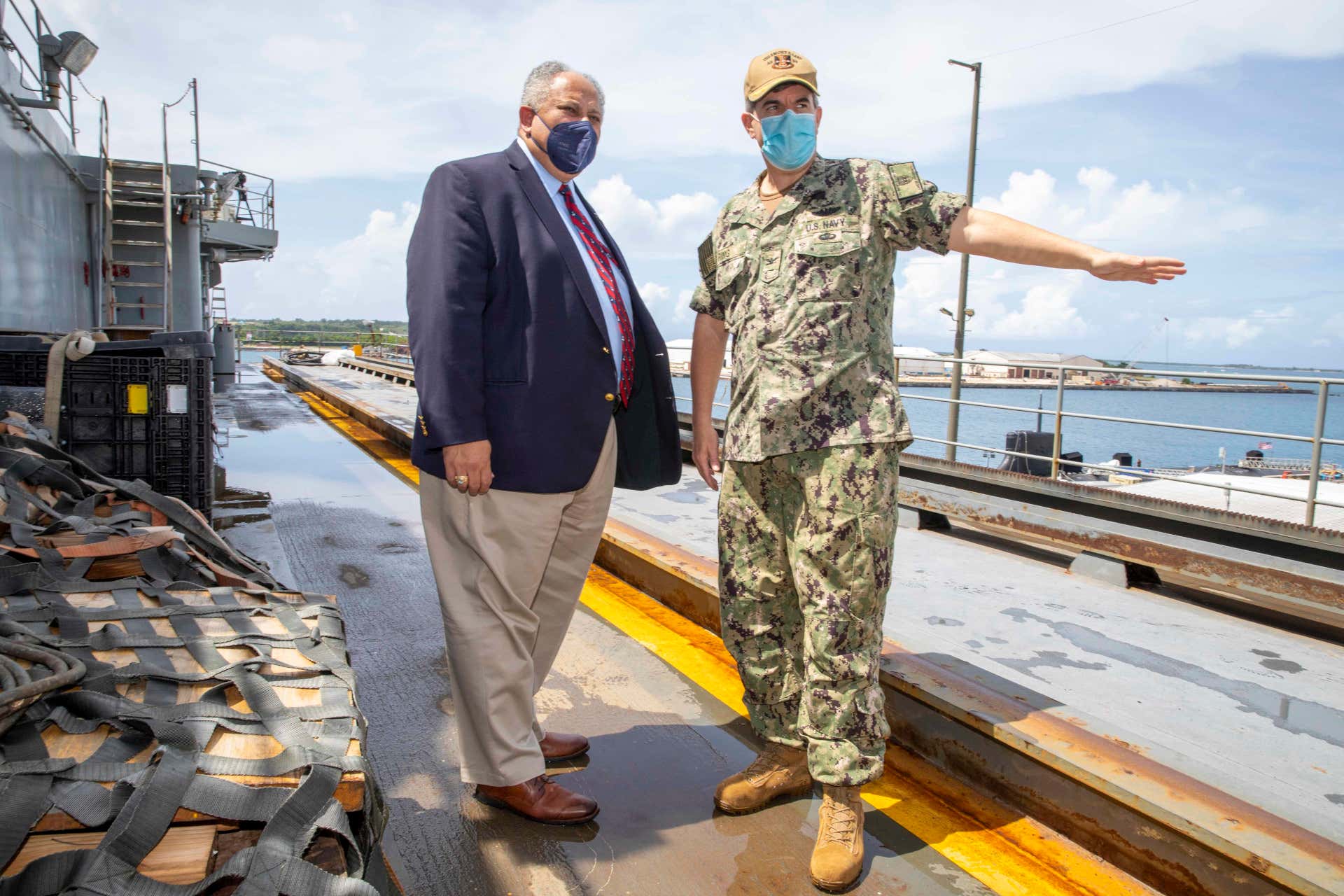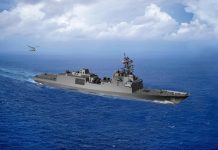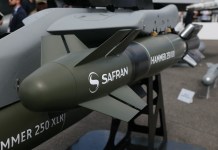The commander of the USS Connecticut attack submarine that hit a seamount in the South China Sea last month has been officially relieved of duty, the US Navy said on Thursday.
Used During India, Pakistan Atomic Tests, US’ Nuclear-Sniffing WC-135 Spy Plane Found Surveying South China Sea — Reports
“Vice Adm. Karl Thomas, Commander, US 7th Fleet, relieved Cmdr. Cameron Aljilani as commanding officer, Lt. Cmdr. Patrick Cashin as Executive Officer, and Master Chief Sonar Technician Cory Rodgers as Chief of the Boat, of Seawolf-class fast-attack submarine USS Connecticut, on Nov. 4, 2021, due to loss of confidence,” the Navy said in a press release published by several reporters on Twitter.
The USS Connecticut is still in Guam undergoing damage assessment and will return to the US state of Washington for repairs, the release said.

Earlier, the US Navy said it was conducting further investigations into the serious damage to its nuclear attack submarine USS Connecticut when it hit an underwater reef and, if necessary, the responsible individuals will be held accountable, Secretary of the Navy Carlos Del Toro had stated.
“Investigations are underway,” Del Toro told the Aspen Security Forum 2021. “If individuals need to be held accountable, they will be held accountable.”
Investigators have determined that the Connecticut hit an uncharted undersea mountain in the South China Sea on October 2 incurring significant damage. The first investigation into the incident was completed last week and its conclusions have now been passed up to US 7th Fleet commander Vice Adm. Karl Thomas for review, the US Naval Institute reported earlier this week.
US media earlier reported that damage to the submarine was so great that repairs will take years and it may never re-enter service. The prospect of long, extensive repairs would put new pressure on the Navy’s attack submarine maintenance backlog.

There were reports that the crew of the USS Connecticut crashed into an uncharted seamount last month did so because its navigation devices were switched off to pass undetected in the South China Sea, former chief of the Russian Navy General Staff, Adm. Viktor Kravchenko, told Sputnik.
“Probably, they did not use the active mode of the hydroacoustic complex, they went in the noise direction-finding mode… they observed secrecy… Noise direction finding, of course, does not allow to detect something,” Kravchenko said.
American maps are likely not to have the seamount in question as mountains grow and shift regularly underwater, the official said. He also did not rule out the artificial origin of the obstacle, which could have been piled up by China to prevent the passage of submarines.
The incident occurred on October 2, when Connecticut struck the seamount while operating in the South China Sea. As a result of the collision, 11 crew members sustained injuries.
- Via Sputnik News Agency
- Mail us at: edesk@eurasiantimes.com
- Follow EurAsian Times on Google News




